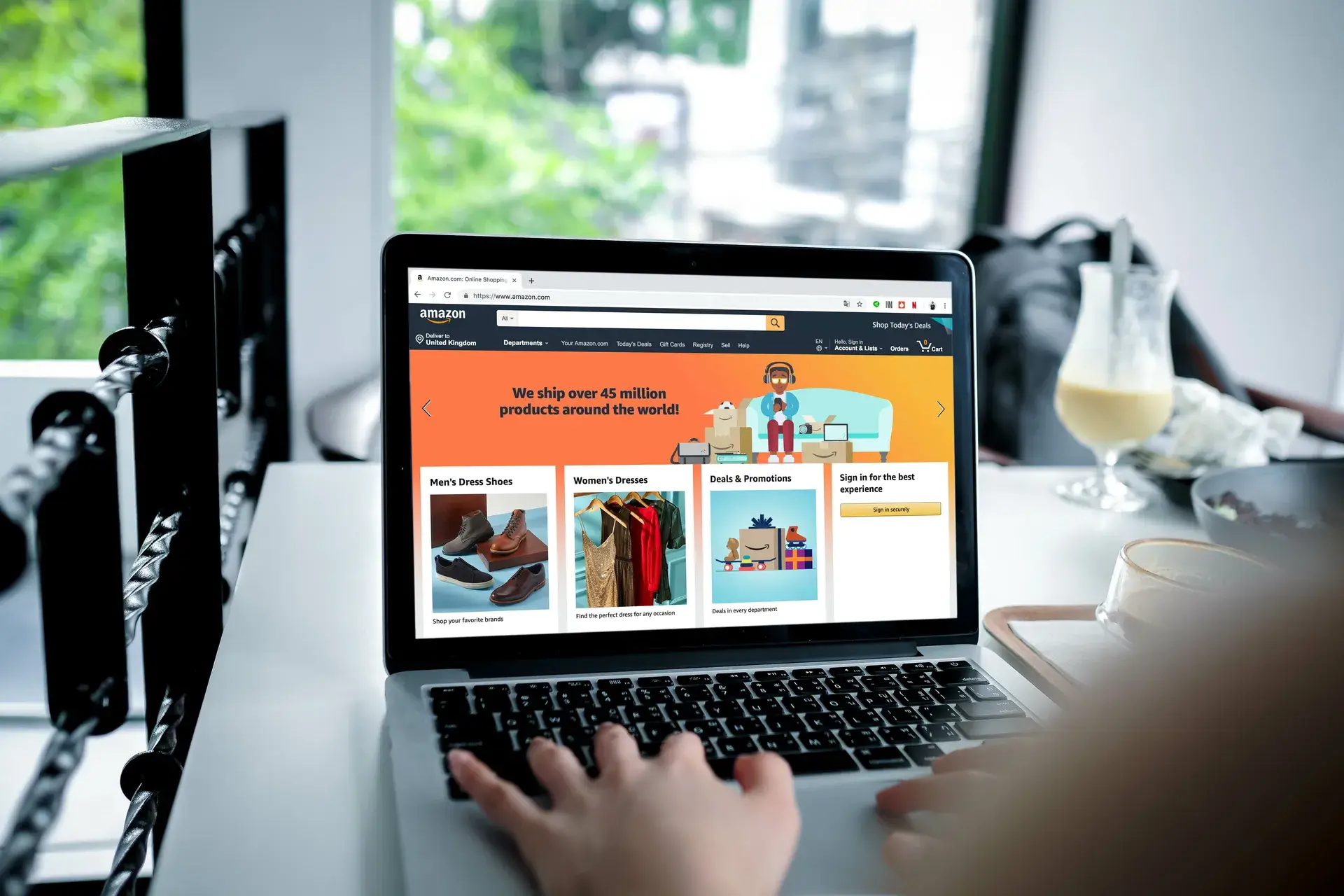In today's digital landscape, location-based marketing is crucial for businesses aiming to connect with customers in their immediate vicinity. By leveraging geolocation data, companies can provide personalized experiences that enhance customer engagement and drive sales. This comprehensive guide explores effective location-based marketing strategies to help your business thrive.
What is Location-Based Marketing?
Location-based marketing (LBM) harnesses geographic data to deliver targeted messages and offers to potential customers. This approach allows businesses to engage individuals based on their physical location, making it an effective tool for driving foot traffic, promoting local events, and enhancing customer loyalty.
1. Utilize Geofencing
Geofencing involves creating virtual boundaries around a specific location. When customers enter these predefined zones, they receive location-targeted notifications, such as discounts or special offers. Here's how to use geofencing effectively:
- Define Your Target Area: Select a relevant radius around your business or specific locations to target.
- Implement Location-Based Ads: Use platforms like Google Ads or Facebook Ads to run campaigns that engage users within the geofenced area.
- Track Engagement: Measure the success of your geofencing campaigns by analyzing foot traffic, sales conversions, and customer feedback.
2. Leverage Social Media Check-Ins
Encourage customers to check in at your business on social media platforms, such as Facebook, Instagram, or Foursquare. Here are some tactics to enhance engagement:
- Offer Incentives: Provide discounts or rewards for customers who check in, incentivizing them to share their experience.
- Feature User-Generated Content: Highlight photos or reviews from customers who check in at your location on your social media profiles.
- Run Contests: Create contests based on check-ins to increase visibility and engagement.
3. Optimize for Local SEO
Ensure your online presence is optimized for local search to attract nearby customers. Key strategies include:
- Google My Business: Set up and optimize your Google My Business listing to appear in local search results and Google Maps.
- Local Keywords: Incorporate location-specific keywords into your website content, metadata, and blog posts.
- Customer Reviews: Encourage satisfied customers to leave positive reviews, boosting your local search rankings.
4. Offer Proximity Marketing Through Bluetooth Beacons
Bluetooth beacons are small devices that transmit signals to nearby smartphones. When customers are within range, they can receive targeted marketing messages. To implement this:
- Install Beacons: Place Bluetooth beacons in strategic locations around your business.
- Engage Customers: Send personalized offers or notifications when customers are near or inside your store.
- Analyze Data: Monitor customer behavior and interactions using beacon data to refine your marketing strategies.
Conclusion
Implementing location-based marketing strategies can significantly enhance your business's reach and customer engagement. By utilizing geofencing, encouraging social media check-ins, optimizing for local SEO, and employing Bluetooth beacons, you can create personalized experiences that drive traffic and increase sales. At Prebo Digital, we offer tailored marketing solutions to help your business leverage location-based strategies. Ready to get started? Contact us today!







